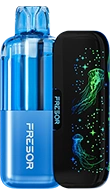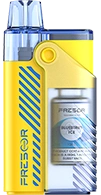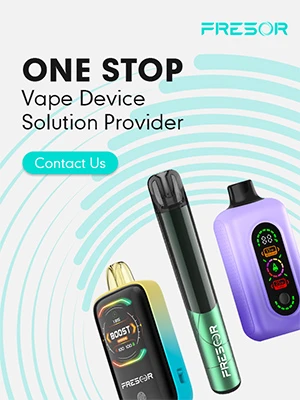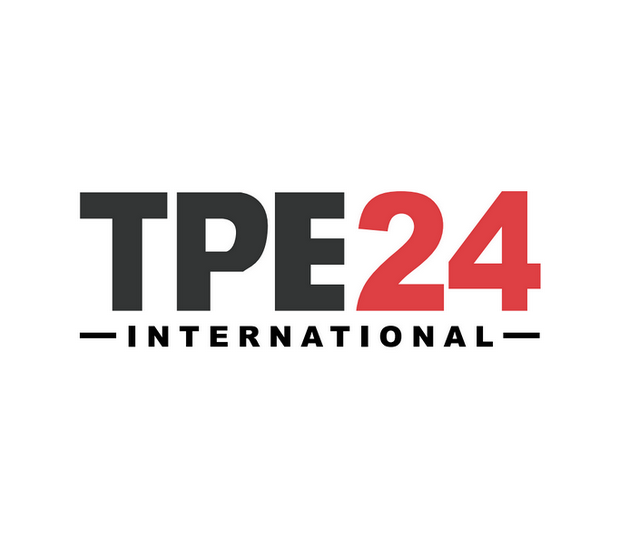Vape and E-Cigarette Marketing Strategies in Europe: Navigating Regulatory Landscapes

22 August 2023
Introduction
The landscape of vaping and e-cigarette marketing strategies in Europe is a complex terrain shaped by a multitude of factors, including regulatory frameworks, cultural diversity, and evolving consumer preferences. As these alternative nicotine products gained prominence as potential alternatives to traditional tobacco, they have simultaneously encountered a web of regulations designed to balance harm reduction with public health concerns.
This article explores the intricate world of vape and e-cigarette marketing strategies in Europe, shedding light on the challenges and opportunities faced by companies operating in this dynamic environment. From the nuances of cross-border regulations to the cultural sensitivities that shape messaging, we delve into the multifaceted strategies employed to navigate the diverse European market while adhering to a tapestry of regulatory landscapes.

European Regulatory Framework for Vape and E-Cigarettes
- Examination of the Tobacco Products Directive (TPD) and its impact on marketing
Central to the European Union's approach to vape and e-cigarette regulation is the Tobacco Products Directive (TPD), a framework that sets standards for these products across member states. The TPD governs various aspects, including product quality, labeling, and marketing. Its implications on marketing practices are significant, as it strives to strike a balance between informing consumers and preventing misleading promotion. Understanding the nuances of the TPD is essential for companies aiming to navigate the marketing landscape effectively.
- Restrictions on advertising, promotion, and packaging
European regulations place stringent restrictions on advertising, promotion, and packaging of vape and e-cigarette products. The goal is to discourage youth initiation, ensure clarity about product content, and avoid appealing to non-smokers. These restrictions encompass various forms of communication, including traditional advertising, sponsorships, and online promotion. Furthermore, packaging requirements aim to prevent misleading labeling and enhance consumer awareness of potential health risks.
- Cross-border implications and harmonization efforts
The diversity of languages, cultures, and regulatory environments within Europe presents unique challenges for marketers. Operating in this region necessitates an awareness of cross-border implications, as marketing efforts can be subject to varying interpretations and enforcement measures. Harmonization efforts seek to align regulations and enforcement practices across member states to establish a level playing field for businesses while maintaining the overarching goals of public health protection.
Target Audience and Segmentation in the European Context
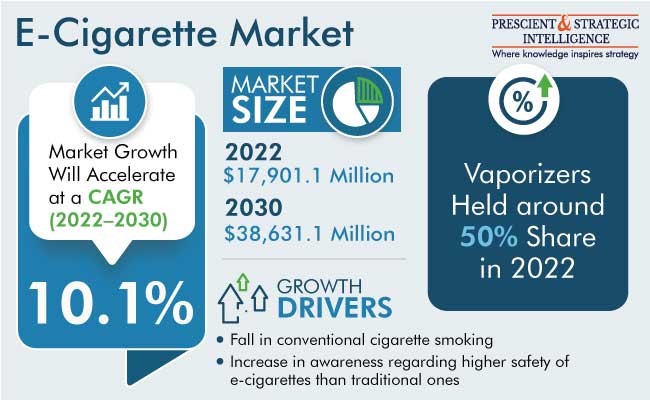
- Identification of diverse target demographics across European countries
The European continent comprises a rich tapestry of countries, each with its own unique cultural identity and consumer behaviors. Vape and e-cigarette companies must carefully identify and analyze the distinct target demographics that exist across various nations. Age, gender, smoking prevalence, and attitudes towards alternative nicotine products vary significantly, making it imperative to tailor marketing strategies to resonate with specific groups.
- Analysis of cultural, linguistic, and regional variations in marketing strategies
Cultural and linguistic diversity presents both challenges and opportunities for marketers. A successful strategy in one country may not necessarily translate seamlessly to another due to differences in cultural norms, values, and language nuances. Effective marketing in Europe requires adaptation, not only in language but also in imagery, messaging, and tone, to ensure alignment with local sensitivities and preferences.
- Consideration of age restrictions and youth prevention measures
Amidst the diverseness of European societies, one common goal is the prevention of youth initiation. Various countries have implemented age restrictions and youth prevention measures to curb access to vape and e-cigarette products by underage individuals. Marketers must not only comply with these regulations but also engage in responsible advertising that does not inadvertently appeal to minors. Balancing the promotion of products for adult smokers while safeguarding against youth initiation remains a central challenge.
Role of Packaging and Labelling

- Detailed packaging requirements under TPD
The TPD mandates specific packaging standards for vape and e-cigarette products in Europe. These standards encompass various elements, including the display of health warnings, ingredient lists, and nicotine content. The packaging must also provide clear instructions for use and storage, enabling consumers to make informed choices while minimizing health risks. Complying with these detailed packaging requirements ensures transparency and consistency across products.
- Plain packaging and health warnings
In a bid to further discourage smoking and promote public health, some European countries have introduced plain packaging regulations for tobacco products, including e-cigarettes. Plain packaging involves the removal of branding elements and the use of standardized designs, accompanied by prominent health warnings. This approach aims to eliminate marketing appeal and highlight the health risks associated with nicotine consumption. Vape and e-cigarette companies must navigate these requirements to effectively communicate essential information while adhering to plain packaging mandates.
- Innovations in packaging design and implications for consumer perception
Following the regulatory constraints, vape and e-cigarette companies continue to innovate in packaging design to capture consumer attention and convey brand identity. Clever use of colors, graphics, and typography can differentiate products and create a visual impact on the shelves. However, companies must strike a delicate balance between creative design and compliance with packaging regulations to ensure that marketing efforts resonate positively with consumers while adhering to public health goals.
Online Advertising and Social Media Engagement

- Overview of digital marketing strategies tailored to European regulations
Digital marketing strategies must navigate the diverse regulatory landscapes of European countries, each with its own rules governing the advertising and promotion of vaping products. Strategies should be designed to comply with the Tobacco Products Directive (TPD) and country-specific regulations that restrict content, audience targeting, and promotional activities. Advertisements should clearly communicate product information, health warnings, and adherence to age restrictions.
- Balancing engagement with consumers while avoiding youth exposure
Engaging with adult consumers online while preventing youth exposure is a delicate balancing act. Companies must prioritize responsible content creation that avoids appealing to minors, using imagery, language, and themes that resonate with adult smokers. Platforms such as social media demand vigilance in audience targeting, ensuring that content reaches the intended demographic while avoiding underage engagement. Efforts to minimize youth exposure include age-gating mechanisms and employing influencer partnerships that align with the brand's commitment to responsible marketing.
Flavor Restrictions and Product Offerings

- Flavor bans and limitations in different European countries
Flavor bans and limitations vary widely across European countries, reflecting the diverse regulatory approaches taken by each nation. Some countries have implemented comprehensive bans on certain flavors to prevent youth attraction, while others have introduced restrictions on the availability of flavored products in certain settings. Understanding these variations is essential for companies to navigate the complex landscape and tailor their product strategies accordingly.
- Adaptation of product portfolios to comply with varying regulations
Companies operating in Europe face the challenge of adapting their product portfolios to align with the evolving regulatory environment. This includes reformulating products, introducing new flavors that adhere to permissible guidelines, and potentially withdrawing non-compliant products from the market. Successful adaptation requires an agile approach that allows companies to pivot their offerings in response to changing regulations while continuing to meet consumer demands.
- Impact on consumer preferences and market dynamics
Flavor restrictions have a direct impact on consumer preferences and the overall market dynamics. Consumers' affinity for specific flavors can significantly influence product adoption and usage patterns. As companies adjust their product offerings to comply with regulations, shifts in consumer preferences may occur. Understanding these changes is crucial for businesses to anticipate market trends, cater to evolving consumer demands, and strategically position their products to remain competitive.
Influencer Partnerships and Sponsorships
- Examination of influencer marketing within the European context
Influencer marketing has gained traction in Europe as a means to engage with consumers authentically. Vape and e-cigarette companies collaborate with influencers whose values align with their brand identity. These influencers create content that resonates with their followers, incorporating vaping products seamlessly into relatable contexts. As influencer marketing flourishes, it faces increased scrutiny in the context of consumer protection and ethical considerations.
- Disclosure requirements and transparency in influencer collaborations
European regulations emphasize transparency in influencer partnerships. The obligation to disclose paid collaborations ensures that consumers are aware of the commercial nature of the content they engage with. Companies must ensure that influencer posts clearly indicate their promotional intent, allowing consumers to make informed decisions about the content's credibility and authenticity.
- Evaluating the effectiveness and ethical considerations of influencer campaigns
The effectiveness of influencer campaigns extends beyond engagement metrics, encompassing the alignment of content with responsible marketing practices. While influencers can reach niche audiences, their impact is intertwined with ethical considerations. Striking a balance between promoting products and safeguarding consumer well-being is imperative. Evaluating the ethical implications of influencer partnerships involves assessing the alignment of messaging with health goals and regulatory standards.
Point of Sale Advertising and Retail Displays
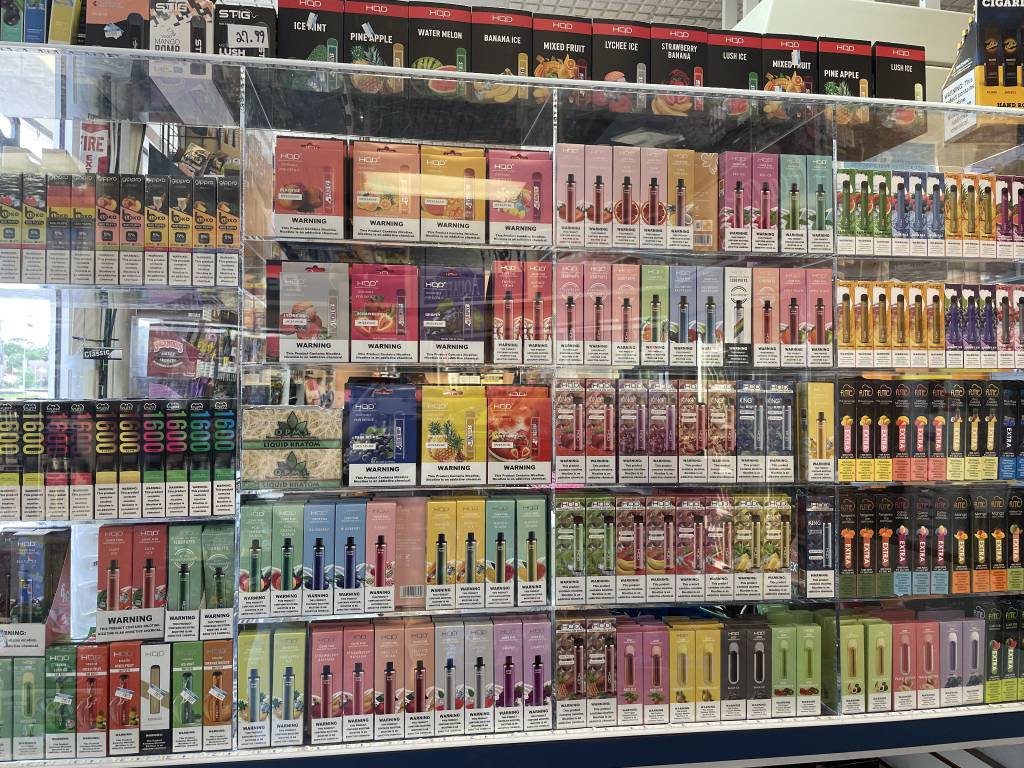
- In-store promotions and their compliance with TPD guidelines
In-store promotions must align with the guidelines set forth by the Tobacco Products Directive (TPD). Companies must ensure that promotions do not target minors, mislead consumers, or downplay health warnings. Compliance with TPD guidelines is essential to maintain responsible marketing practices and uphold consumer trust.
- Retailer responsibilities in preventing underage access
Retailers play a pivotal role in preventing underage access to vape and e-cigarette products. This includes robust age verification procedures, adherence to age restrictions, and refusal of sales to minors. Collaborative efforts between companies and retailers are essential to ensure that responsible marketing practices extend to the point of sale, preventing the inadvertent exposure of minors to vaping products.
Health Claims and Communication Strategies
- Communication strategies focusing on harm reduction and smoking cessation
Vape and e-cigarette companies often position their products as harm reduction tools and aids for smoking cessation. Crafting effective communication strategies involves emphasizing the potential benefits for smokers while avoiding misleading messages. Striking a balance between informing consumers about harm reduction potential and avoiding unrealistic claims is crucial to building trust and credibility.
- Monitoring and addressing misleading advertising practices
Misleading advertising practices can undermine responsible marketing efforts and consumer well-being. Vape and e-cigarette companies must proactively monitor their marketing campaigns to identify and rectify any misleading claims. Rapid response to potential inaccuracies or misrepresentations ensures that consumers receive accurate information and are not misled by deceptive messaging.
Enforcement and Monitoring Efforts
- Penalties for non-compliance and enforcement challenges
Penalties for non-compliance with marketing regulations can vary and may include fines, warning letters, or restrictions on marketing activities. Enforcement challenges may arise due to the cross-border nature of digital marketing, requiring harmonization of efforts among different countries' regulatory bodies.
- Industry self-regulation and collaboration with authorities
Industry self-regulation involves companies voluntarily adhering to ethical guidelines and responsible marketing practices. Collaborative efforts between vape and e-cigarette companies and regulatory authorities promote transparency, accountability, and continuous improvement in marketing strategies. Engaging in open dialogue with authorities fosters an environment where responsible marketing is actively promoted and regulated.
Public Health Implications and Future Outlook
- Evaluation of the impact of marketing tactics on public health outcomes in Europe
Vape and e-cigarette marketing tactics can influence consumer behaviors and public health outcomes. Evaluating the impact of these tactics on smoking prevalence, youth initiation, and harm reduction efforts is essential to understand the full spectrum of their effects on public health. This evaluation informs regulatory decisions and industry practices to better align with public health goals.
- Importance of continuous research and data collection
Continued research and data collection are fundamental to understanding the effects of vape and e-cigarette marketing on public health. Collecting data on consumer perceptions, usage patterns, and health outcomes helps identify trends and informs evidence-based policy decisions. Research enables timely adjustments to marketing strategies and regulatory measures to address emerging challenges.
- Prospects for evolving regulations and their potential influence on marketing strategies
The vape and e-cigarette industry in Europe is characterized by dynamic regulatory shifts. Evolving regulations, driven by scientific advancements and public health concerns, have the potential to reshape marketing strategies. Vape and e-cigarette companies must stay informed about regulatory developments, adapt their marketing approaches accordingly, and contribute constructively to the policy dialogue.
Improve Your Vape Brand with TOP Vape OEM/ODM Manufacturer
ALD Vapor, a global leader in vaping industry, is professional in providing one-stop OEM/ODM atomization solutions for vape brands from all over the world since 2009. With over 14 years of experience, over 4000 workers, and 6 factory sites, the company has gained a great reputation among clients and a fast-growing market share.
Conclusion
As we conclude, it becomes evident that responsible vape and e-cigarette marketing requires a comprehensive understanding of regional regulations, cultural sensitivities, and the potential impact on consumer behavior. The Tobacco Products Directive (TPD) stands as a cornerstone, shaping advertising, packaging, and communication strategies to ensure consumer safety and informed choices.
However, the journey doesn't end here. The future holds both challenges and opportunities. Evolving regulations, technological advancements, and ongoing research will continue to shape the industry's trajectory. The quest for harmonizing marketing strategies with public health goals remains an ongoing endeavor.


